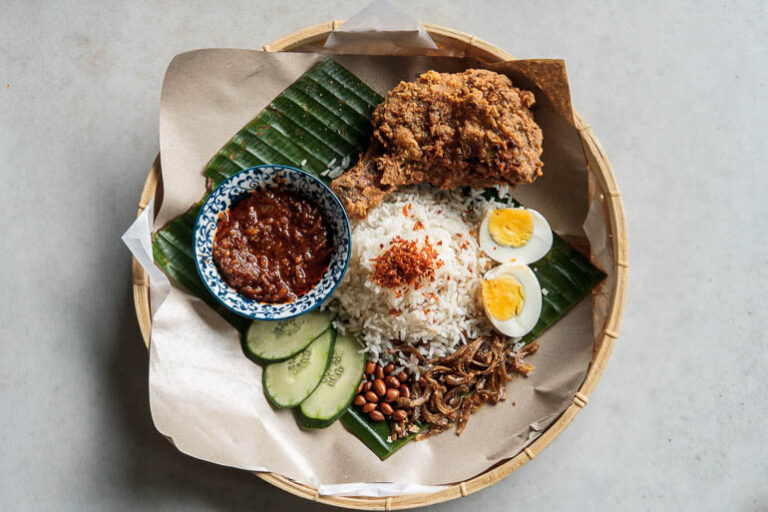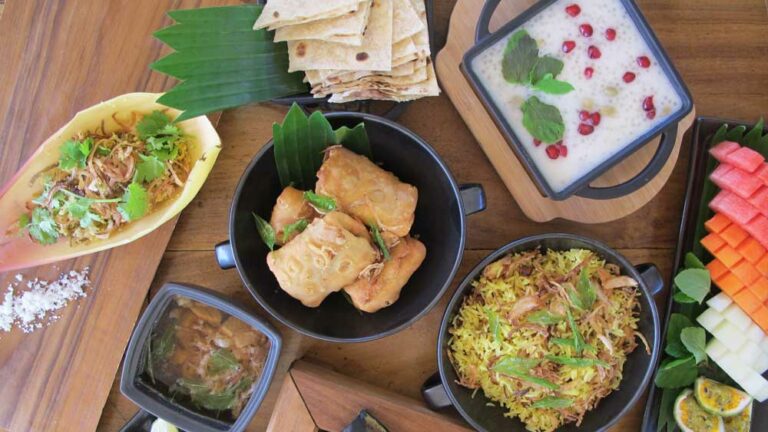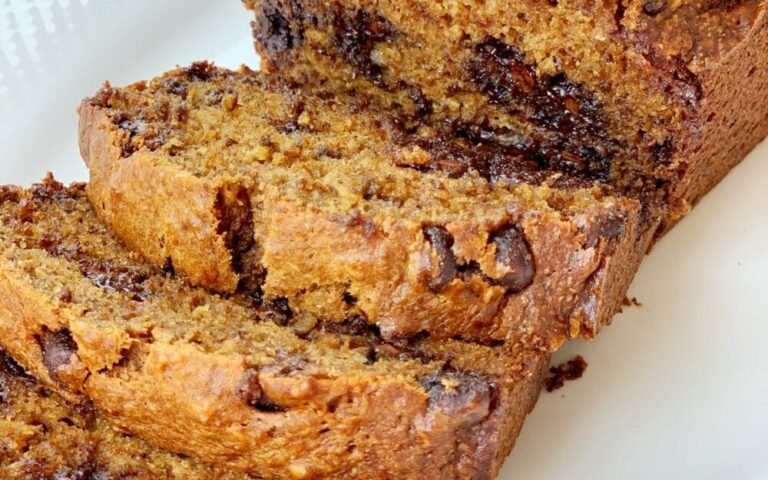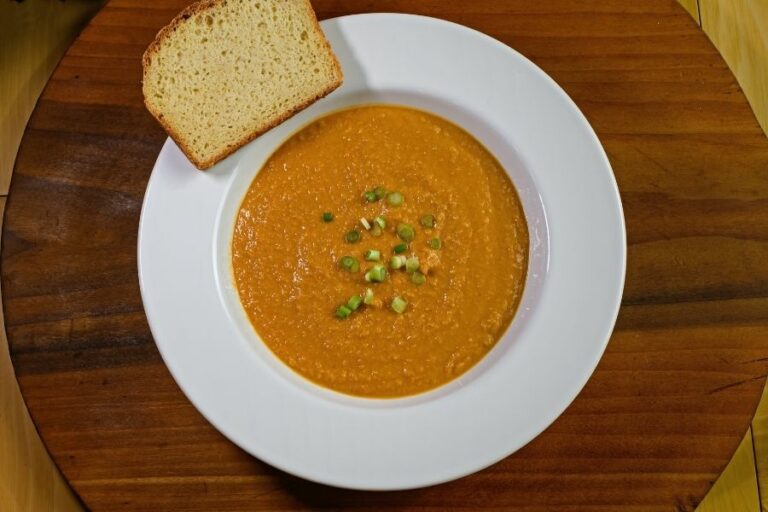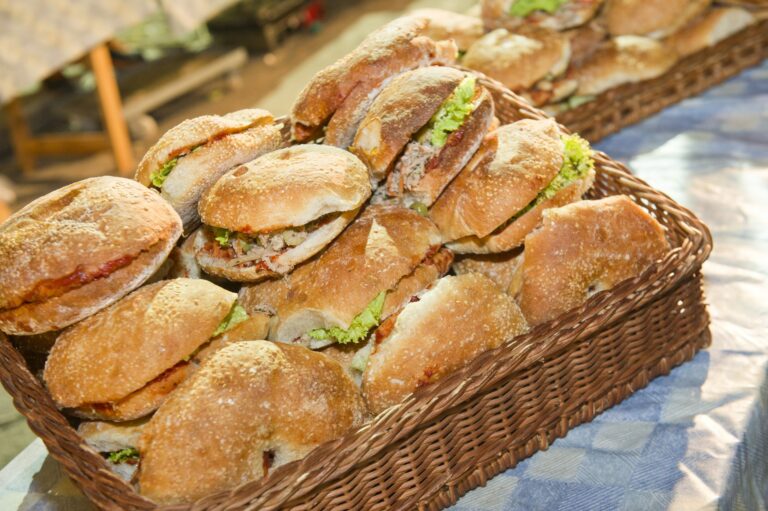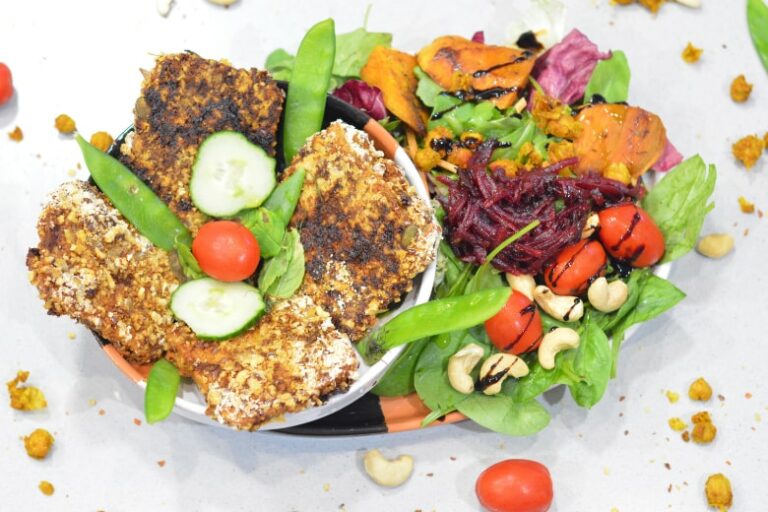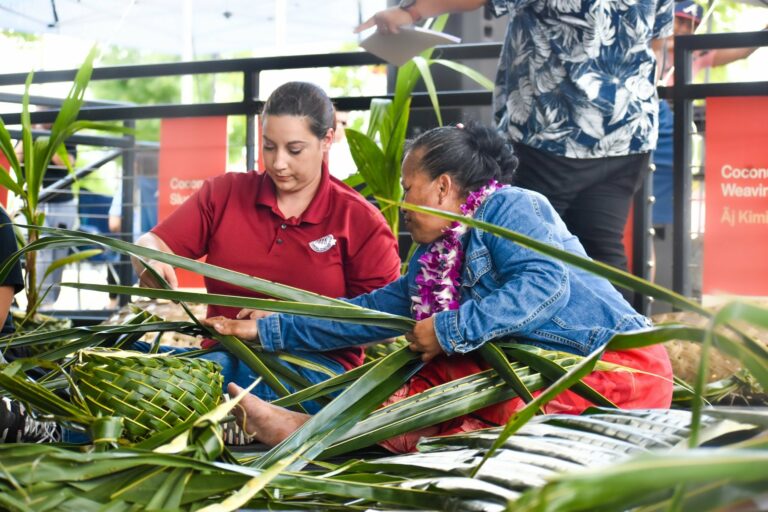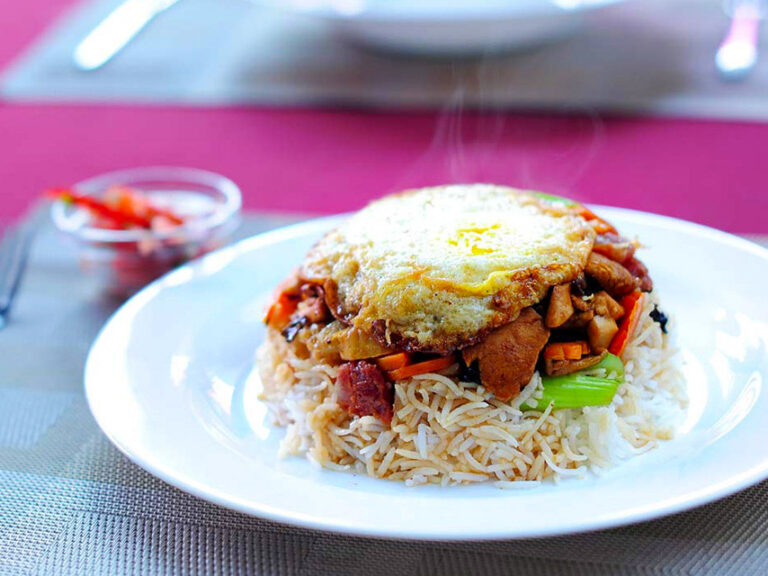Introduction: Malaysian Cuisine
Malaysia is a country rich in culture, and its cuisine is no exception. The cuisine of Malaysia is known for its diverse flavors, influenced by Malay, Chinese, and Indian cooking techniques. Malaysian cuisine is characterized by the use of spices, herbs, and aromatics, which provide a unique taste to its dishes.
Halal Dietary Restrictions
Halal is a term used to describe food that is permissible according to Islamic law. Malaysian cuisine has a significant influence from Islam, and as a result, many dishes are Halal. Pork is not consumed, and alcohol is generally not used in cooking. Therefore, it is relatively easy for Muslims to find Halal food when dining out in Malaysia.
Vegetarian and Vegan Options
Vegetarianism and veganism are not common in Malaysia, but there are still options for those who follow these diets. Malaysian cuisine offers a variety of vegetable dishes, which can be made vegan by omitting the use of animal-based ingredients. Additionally, Malaysia has a significant population of Indian expatriates who follow a vegetarian diet, and as a result, vegetarian restaurants are becoming increasingly popular in Malaysia.
Influence of Chinese and Indian Cuisine
Malaysia has a significant Chinese and Indian population, and their cuisine has a significant influence on Malaysian cuisine. Chinese cuisine offers dishes such as chow mein, dumplings, and stir-fries, while Indian cuisine provides a variety of curries and roti. These dishes are often incorporated into Malaysian cuisine, creating unique flavor combinations that are not found in China or India.
Allergies and Food Intolerances
As with any cuisine, it is essential to be aware of potential allergens or food intolerances. Malaysia uses a variety of spices and ingredients, some of which may cause allergic reactions. Common allergens such as peanuts, shellfish, and dairy are used in some Malaysian dishes. It is essential to communicate your dietary restrictions with restaurant staff to ensure safe dining.
Conclusion: Diversity in Malaysian Cuisine
Malaysian cuisine is a melting pot of cultures, resulting in a diverse range of dishes. Halal dietary restrictions are well-observed, and there are options for vegetarians and vegans, although not as extensive as other cuisines. The influence of Chinese and Indian cuisine adds to the variety of food options, while allergies and food intolerances should be considered when dining out. Overall, Malaysian cuisine is an excellent representation of the country’s culture and history, providing a unique culinary experience.

